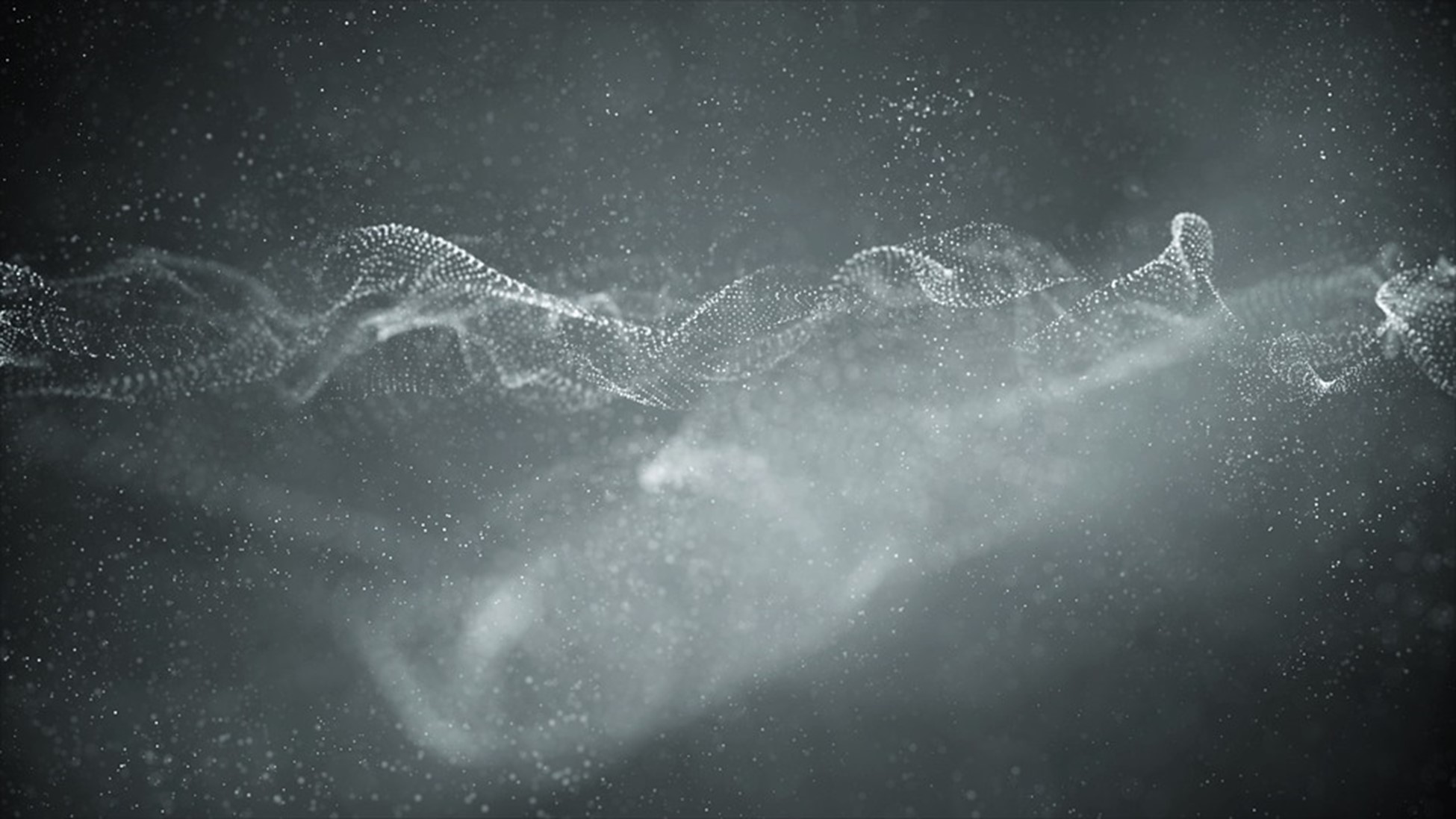Sound fields exert forces on particles suspended in liquids - seemingly without contact. Control over the sound pressure in 3D lets us create force landscapes, where microparticles can be remotely pushed to form larger objects in a single step. We developed the acoustic hologram, a technology that enables such control over ultrasound fields and which shows promise for a new type of biofabrication.
Views 2801
Reading time 4 min
published on Nov 15, 2023
3D printing is about to revolutionize the way we fabricate products. Building up objects point-by-point (also called additive manufacturing) enables the fabrication of single parts of arbitrary shape and composition without slow and complicated machining steps. The realm of 3D printing is still young and evolving, with new technologies constantly being introduced and even more important the pool of printable materials expanded. Over the last few years, a new technology called bioprinting emerged, where cells are shaped in a gel matrix to further grow and develop. Building functional and realistic tissues in the lab could be a turning point for medicine, for example to find and test new drugs. However, a major issue encountered in 3D printing is its speed. The way current methods deposit material is inherently slow and hard to scale up. This is certainly true if living cells are included in the materials, where some types are very sensitive to mechanical shear forces and temperature variations.
We therefore asked ourselves if there could be an alternative to 3D printing, where a whole 3D object is formed at once, assembled from a soup of particles? This would require a 3D force field, which pushes the particles in place. To approach this problem, we explored the known effects stemming from light, magnetism or sound, which have all been used in the past to move or trap microparticles. After all, the 2018 Nobel prize in physics was awarded to Arthur Ashkin for his work on optical trapping. In our case, it was sound waves in the form of ultrasound (far beyond the highest frequencies humans can hear) that looked the most promising. This is because ultrasound can propagate through different materials much better and further than light.
Similar to optical waves, sound waves can be used for a process called acoustic trapping. When a sound wave hits a particle in a liquid, it pushes that particle along. A second sound wave travelling in the opposite direction counters that force and it is then possible to trap or tweeze the particle at one location. By precisely steering the sound waves we can define the location of the trap and the simplest way to do this is by using lenses. To put it simply, the same way a magnifying glass works to focus light in one spot, an acoustic lens will focus sound in one spot.
In the first experiment, we attempted to trap microscopic glass particles that were suspended in water. As we just learned, sonicating from one side is not enough as this would push the particles away in the direction of the sound beam. By using two sound sources, each equipped with a lens, it was possible to trap the particles in a single spot. Surprisingly, the sources did not need to directly face each other. Even a 90 degrees angle between the sound beams already provided enough tweezing force to keep the particles in place. A more advanced method to shape a sound field would be an acoustic hologram. It operates like a lens, but instead of a lens’ smooth curved surface, a hologram has a rather complicated looking profile. We can compute this profile so that the sound waves focus not on one but many spots in parallel, effectively forming an image of sound. By optimizing our computation algorithms further, we were finally able to connect the dots and trap particles along lines, ultimately leading to a helix and a figure 8 curve in the experiment.
The particles would be trapped for as long as we left the ultrasound sources on. When turned off, the forces would disappear and the particles would sediment under gravity - the assembly collapses. To prevent this from happening and preserve the assembled object we chose to solidify the surrounding medium, which was limited to a small sample container. We added polymeric precursors to the water, which crosslinked over time and fixed the particles in place. Then the sound sources could be turned off and the product removed.
Note that our approach is not limited to glass particles. Up to now, we were able to demonstrate acoustic assembly with many other materials, including hydrogel capsules and mammalian cells (for example cancer cells or muscle cells). At the frequencies and power levels that we use for assembly, ultrasound propagates well through suspensions and biological tissue, while cell viability remains high. We therefore see acoustic assembly as a promising alternative to conventional bioprinting and tissue engineering to be explored in the coming years.
Original Article:
Melde, K., Kremer, H., Shi, M., Seneca, S., Frey, C., Platzman, I., Degel, C., Schmitt, D., Schölkopf, B., Fischer, P. (2023). Compact holographic sound fields enable rapid one-step assembly of matter in 3D. Science Advances, 9 (6), eadf6182. https://doi.org/10.1126/sciadv.adf6182
 Maths, Physics & Chemistry
Maths, Physics & Chemistry



